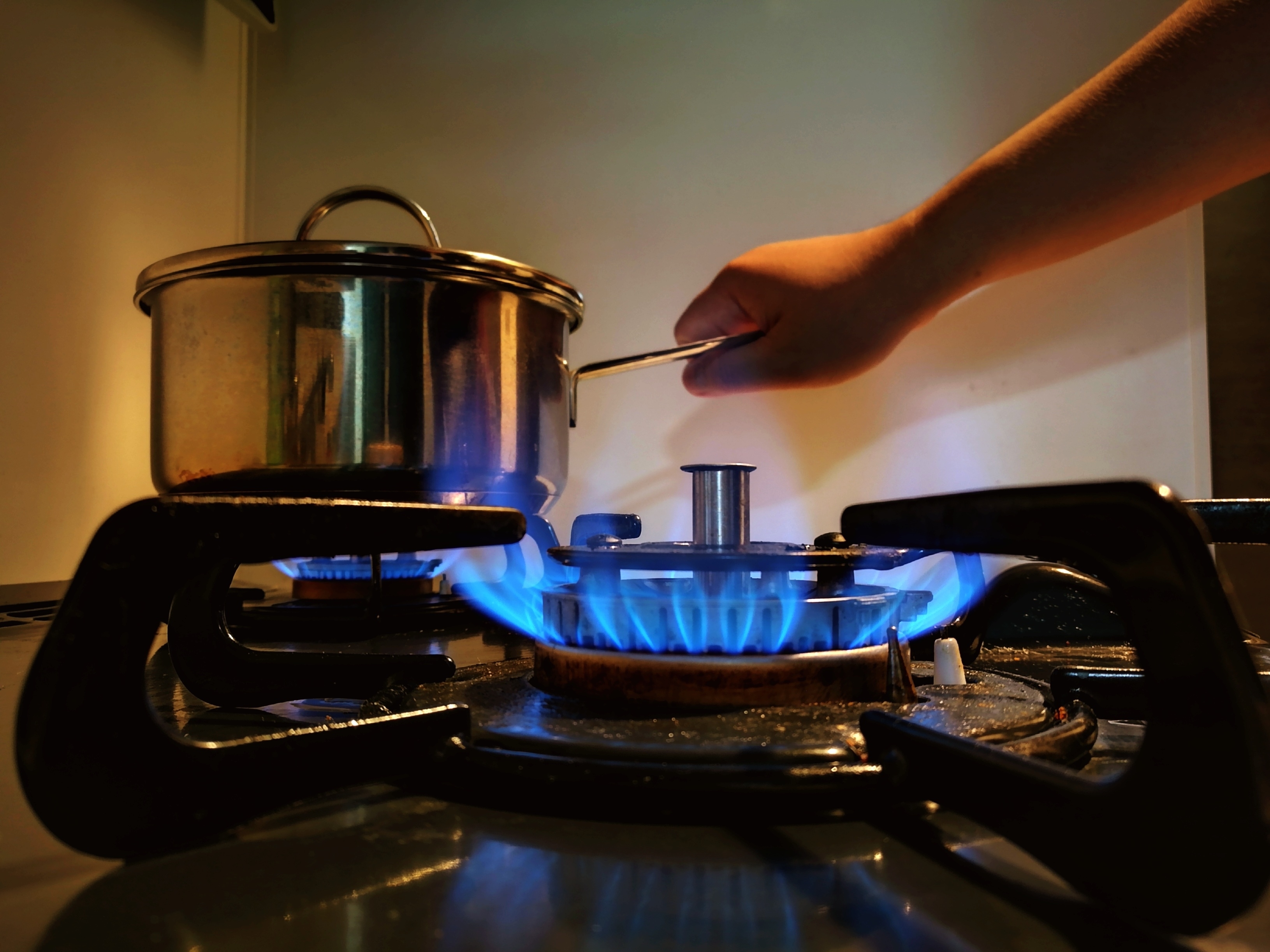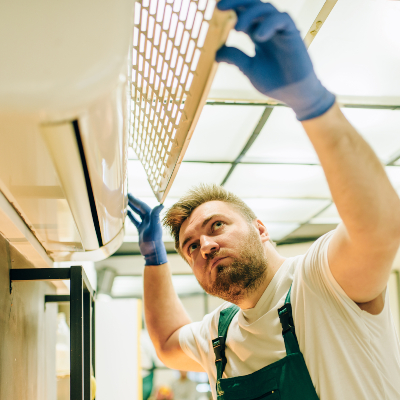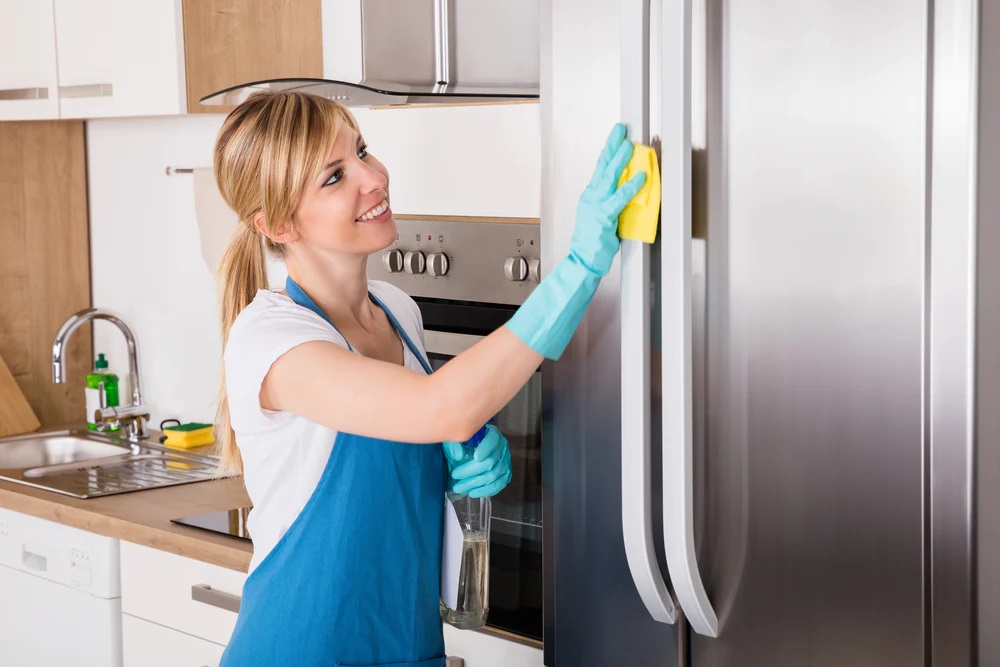In the world of culinary endeavors, the gas stove is a timeless and indispensable tool. Its flame provides the heat needed to transform raw ingredients into delightful meals, making it a beloved fixture in kitchens around the globe. However, to fully harness the power of a gas stove, it’s essential to understand its operation, maintenance, and safety considerations. In this article, we’ll explore the versatile and efficient use of gas stoves while emphasizing safety.
The Versatility of Gas Stoves
Gas stoves are favored by both professional chefs and home cooks for several compelling reasons:
- Precise Control: Gas stoves offer instant and precise temperature control. The moment you turn the knob, the flame adjusts accordingly, allowing for rapid changes in heat levels during cooking.
- Even Heat Distribution: The open flame of a gas stove evenly distributes heat across the bottom of your cookware. This even heat distribution is particularly advantageous for tasks like simmering sauces and searing meats.
- Reliability: Gas stoves can function even during power outages, making them a dependable choice for cooking in any situation.
- Quick Heating: Gas stoves heat up quickly and cool down rapidly when you turn them off. This responsiveness is ideal for cooking techniques that require precise timing.
- Energy Efficiency: Gas stoves are known for their energy efficiency since they heat pots and pans directly without the need for an intermediary heating element.
Safe Use of Gas Stoves
While gas stoves offer numerous advantages, they also come with safety considerations that must be observed:
- Ventilation: Adequate ventilation is crucial when using a gas stove. Ensure that your kitchen is well-ventilated to disperse any potential gas leaks or fumes. If you smell gas, immediately turn off the stove, open windows, and do not use any open flames. Call a professional to address the issue.
- Carbon Monoxide Detection: Install carbon monoxide detectors in your kitchen and the surrounding areas. Carbon monoxide is a colorless, odorless gas produced by incomplete combustion, which can be emitted from a malfunctioning gas stove.
- Regular Maintenance: Schedule routine maintenance for your gas stove. Check for gas leaks, and have a professional inspect and clean the burners, ports, and other components as needed. Dirty burners can cause uneven flames and inefficient combustion.
- Clear Surroundings: Ensure that your cooking area is free from flammable materials, such as paper towels, dish towels, or curtains. Keep these items at a safe distance from the stove to prevent accidents.
- Use Proper Cookware: Use cookware that matches the size of your burners. Oversized or undersized pots and pans can lead to uneven cooking and potential safety hazards.
- Children and Pets: Keep children and pets away from the stove while cooking to prevent accidents. Use back burners when possible and turn pot handles inward to avoid accidental spills.
- Emergency Procedures: Familiarize yourself with emergency procedures, such as how to shut off the gas supply to your stove and how to use a fire extinguisher.
Cooking Tips for Gas Stoves
To make the most of your gas stove, consider these cooking tips:
- Simmering: For gentle simmering, use a small flame and a simmer plate or diffuser to distribute the heat evenly.
- High Heat Cooking: When searing, stir-frying, or boiling, use high heat to achieve quick and consistent results.
- Flame Size: Adjust the flame size to match the size of your cookware. A smaller flame under a large pot can waste energy.
- Flame Color: The color of the flame can indicate the stove’s efficiency. A blue flame indicates efficient combustion, while a yellow or orange flame may suggest incomplete combustion or impurities in the gas.
- Cooking Utensils: Use cookware with flat bottoms to ensure maximum contact with the flame. Cast iron and stainless steel are excellent choices for even heat distribution.
- Keep It Clean: Regularly clean the stovetop, burners, and burner ports to maintain efficiency and prevent clogs.
In conclusion, gas stoves are versatile and efficient cooking appliances when used correctly and safely. By understanding their advantages, following safety precautions, and implementing cooking tips, you can fully enjoy the benefits of a gas stove while minimizing the risks associated with its use. With a well-maintained and properly operated gas stove, you can embark on culinary adventures with confidence and precision.






